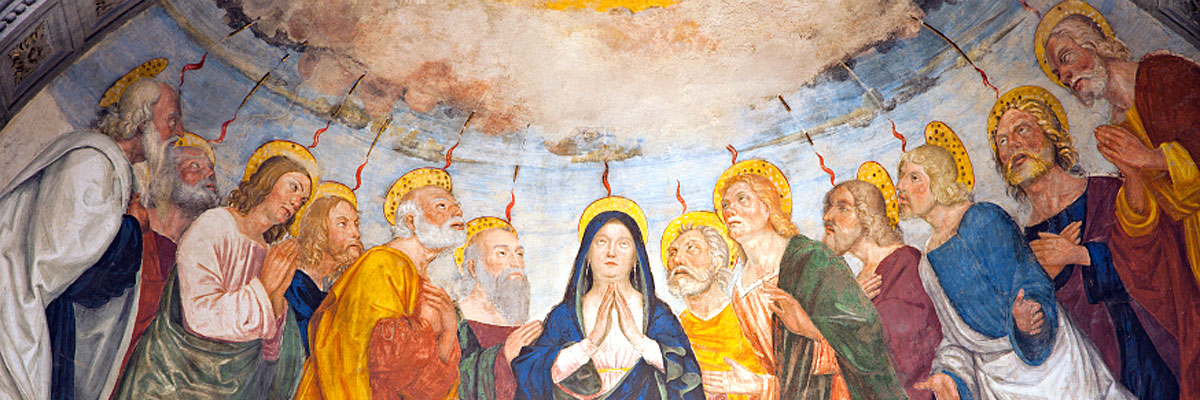
Understanding Our Church
A Treasury of Arkansas Writers Discussing the Catholic Faith
Official Website of the
Catholic Diocese of Little Rock
Feast of Our Lady of the Rosary based on Battle of Lepanto
Published: November 20, 2021
By Paula Standridge
St. John the Baptist Church, Hot Springs
One of the many advantages of listening to Catholic radio is learning more about our Catholic history. There is always so much to learn, even for those of us who have always been Catholic. The casual historian is familiar with the crusades and the battles with Muslim forces over the Holy Land.
Anyone vaguely familiar with Catholic history would know that the Muslims eventually conquered the Byzantine Empire, whose capital was Constantinople. Constantinople is now modern-day Istanbul, Turkey.
But did you know that if not for the success of the Christian forces in the naval battle of Lepanto that Rome could very well have been conquered by the Ottoman Turkish Fleet? That St. Peter’s Basilica as well as other churches in Rome could have also been converted into mosques as they were in Constantinople?
Oct. 7, 2021, marked the 450th anniversary of the naval victory of the Battle of Lepanto. On the liturgical calendar, the Catholic Church observes the feast of Our Lady of the Rosary on Oct. 7, but the original feast day was called “Our Lady of Victory” in 1571, the year of the Battle of Lepanto.
Converting Christian churches into mosques is what had historically happened and what the invaders had publicly pledged to do. Oct. 7, 2021, marked the 450th anniversary of the naval victory of the Battle of Lepanto. On the liturgical calendar, the Catholic Church observes the feast of Our Lady of the Rosary on Oct. 7, but the original feast day was called “Our Lady of Victory” in 1571, the year of the Battle of Lepanto.
Pope St. Pius V was trying to convince all of Christendom to join forces to fight against the invaders, but Christendom was deeply divided at this time in history. During the height of the Protestant revolt, there were also political divisions within the Catholic Church. The pope did have Spain and Venice squarely on his side with their superior fleets, and with Don Juan of Austria, the Holy League was formed.
The Ottoman forces were sailing westward from their naval station in Lepanto when they met the fleet of the Holy League, which was sailing east from Messina, Sicily. The Spanish Empire and the Venetian Republic were the main powers of the coalition, as the league was largely financed by Philip II of Spain, and Venice was the main contributor of ships.
Pope Pius V asked the entire world to pray the rosary for a successful victory against these marauding forces who had been unstoppable in their advance across the Mediterranean and into Europe. Before battle, every sailor received the Eucharist, and the crew prayed the rosary as they sailed. Even though the Christian fleets were superior as far as their ships were concerned, they were severely outnumbered.
But, there was one thing the Turkish forces had not counted on. Whenever the Holy League was able to overtake an enemy’s vessel, they immediately freed the slaves who had been forced to row the ships. These slaves, who were predominantly Christian, were all too happy to fight against their captors even though they were starving and exhausted.
As the battle went on, the Holy League grew in numbers to secure the victory. There are many other points of interest about this great naval victory, and it is impossible to overestimate the importance of this massive sea battle for Christendom. This battle has been immortalized in a poem by G.K. Chesterton and is also represented in sacred art — one of the paintings is hanging in the Sistine Chapel.
Pope Gregory XIII changed the name of the feast day to Our Lady of the Rosary to focus on this important means of prayer. But the Battle of Lepanto and Our Lady of Victory will always be remembered on Oct. 7 — a great victory for Christendom.



